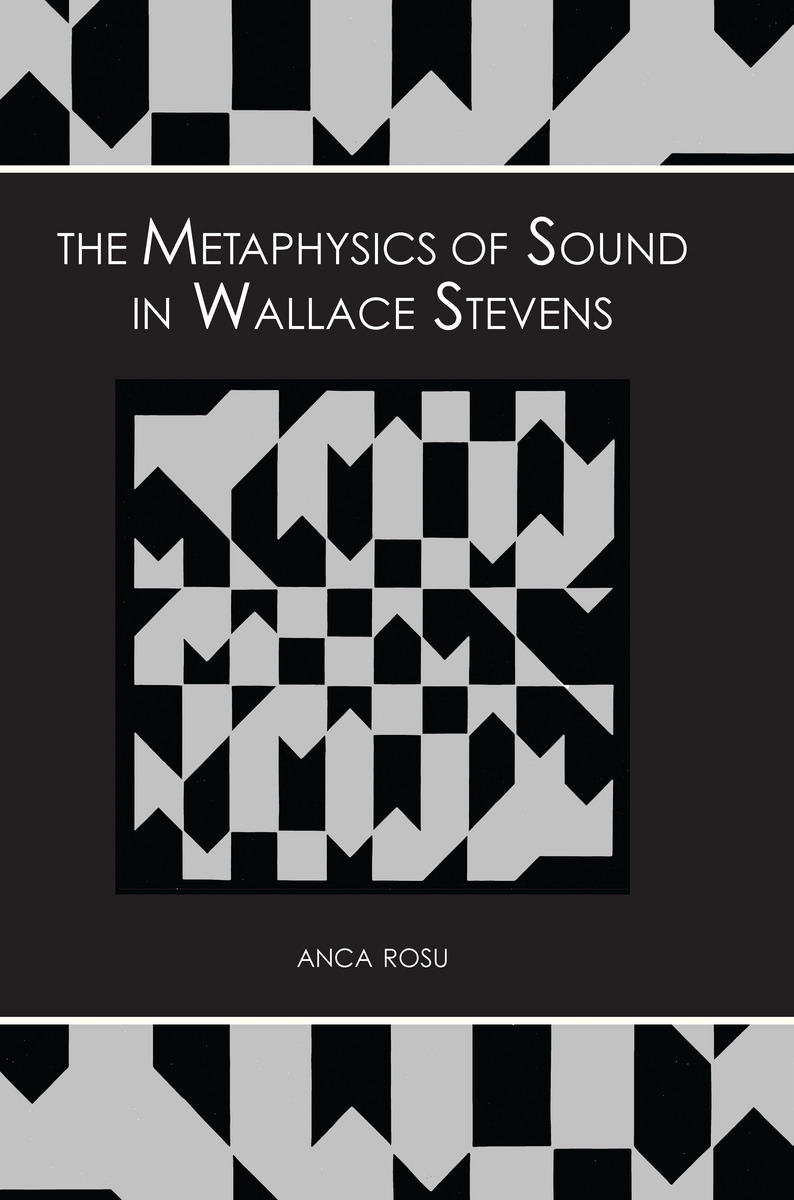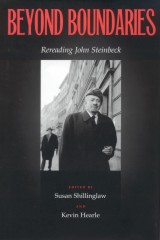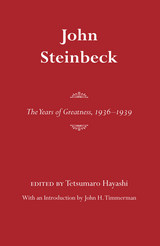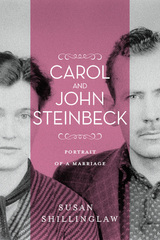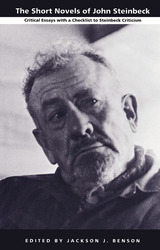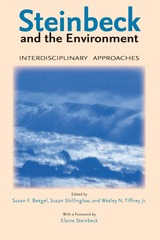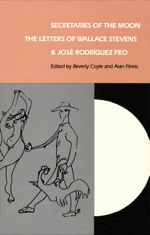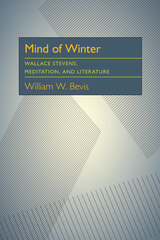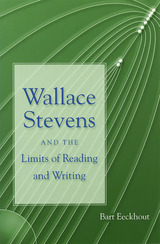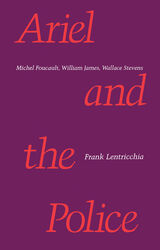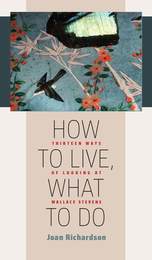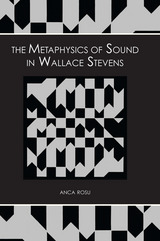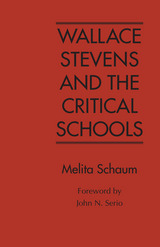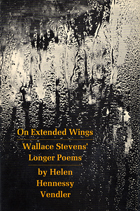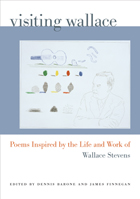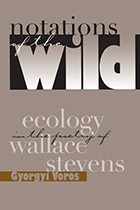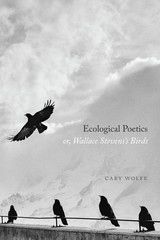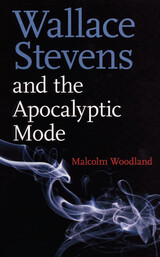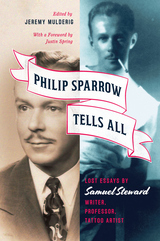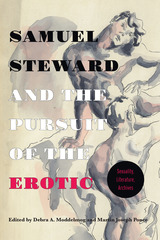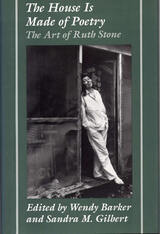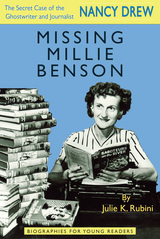The Metaphysics of Sound in Wallace Stevens
University of Alabama Press, 1995
eISBN: 978-0-8173-9091-4 | Paper: 978-0-8173-5886-0 | Cloth: 978-0-8173-0797-4
Library of Congress Classification PS3537.T4753Z7625 1995
Dewey Decimal Classification 811.52
eISBN: 978-0-8173-9091-4 | Paper: 978-0-8173-5886-0 | Cloth: 978-0-8173-0797-4
Library of Congress Classification PS3537.T4753Z7625 1995
Dewey Decimal Classification 811.52
ABOUT THIS BOOK | AUTHOR BIOGRAPHY | REVIEWS | TOC
ABOUT THIS BOOK
Wallace Stevens dedicated his poetry to challenging traditional notions about reality, truth, knowledge, and the role of language as a means of representation. Rosu demonstrates that Stevens's experimentation with sound is not only essential to his poetics but also profoundly linked to the pragmatist ideas that informed his way of thinking about language. Her readings of Stevens's poems focus on revealing the dynamic through which meaning emerges in language patterns—a dynamic she calls "images of sound."
Rosu argues that the formal aspects of poetry are deeply ingrained in cultural realities and are, in fact, generated by their context. The sound pattern pervading Stevens's poems at once addresses and violates the reader's assumptions about the functioning of language and, along with them, ideas about reality, knowledge, and subjectivity. Sound is thus the starting point of an argument concerned with Stevens's epistemology and poetics—the way his poems insist on a movement past or through a normal poetic representation of the world to gesture toward a reality that lies outside or beyond systems of representation.
The relationship between sound and meaning isolated and analyzed in The Metaphysics of Sound in Wallace Stevens is firmly situated among critical debates concerning the poet's aesthetic and philosophical convictions. Rosu claims that Stevens's poetry is not ultimately about the powerlessness of language, nor is it a deconstructive enterprise of destabilizing culturally consecrated truths; rather it achieves meaning most frequently through patterns of sound. Sound helps Stevens make a deeply philosophical point in a language unavailable to philosophers.
See other books on: 1879-1955 | Metaphysics | Music and literature | Sound | Technique
See other titles from University of Alabama Press
